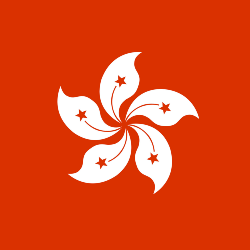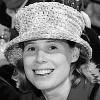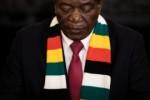What EC data on women participation in polls says
While democracy calls for diverse representation, traditional gender roles continue to restrict women’s participation in political spaces. These challenges are exacerbated by intersecting identities such as caste, class, religion, and region. Women face barriers in voting, campaigning, and leadership roles, as well as disparities in political knowledge and attitudes, despite the efforts by institutions such as electoral management bodies (EMBs), political parties, and civil society organisations (CSOs).
India’s general elections last summer — data for which the Election Commission of India (ECI) has made available — highlight both progress and persistent challenges. Women’s engagement with the electoral process has undergone significant shifts. The number of female electors has seen a considerable rise — from 130.6 million in 1971 to 476.3 million in 2024 — reflecting demographic parity. But true political representation continues to elude. The elector gender ratio improved from 910 to 946, but progress has been uneven across regions. States such as Arunachal Pradesh and Andhra Pradesh have achieved near-equal representation in electoral rolls (women comprise a little over 50% of the rolls in both states). In contrast, states such as Bihar (47%)........






















 Toi Staff
Toi Staff Tarik Cyril Amar
Tarik Cyril Amar Jeffrey Bernstein Ph.d
Jeffrey Bernstein Ph.d Sharona Margolin Halickman
Sharona Margolin Halickman Gideon Levy
Gideon Levy Maryam Aldossari
Maryam Aldossari Sabine Kinkartz
Sabine Kinkartz Andrew Mitrovica
Andrew Mitrovica Tafi Mhaka
Tafi Mhaka Jennifer Gerlach Lcsw
Jennifer Gerlach Lcsw Maximilian Hess
Maximilian Hess
